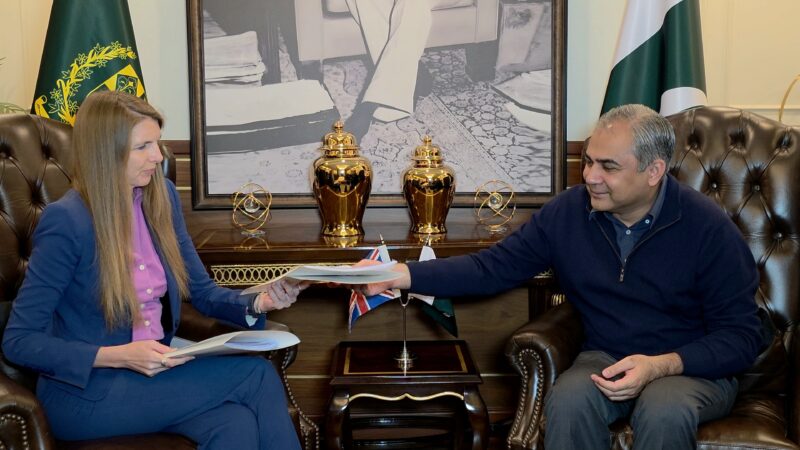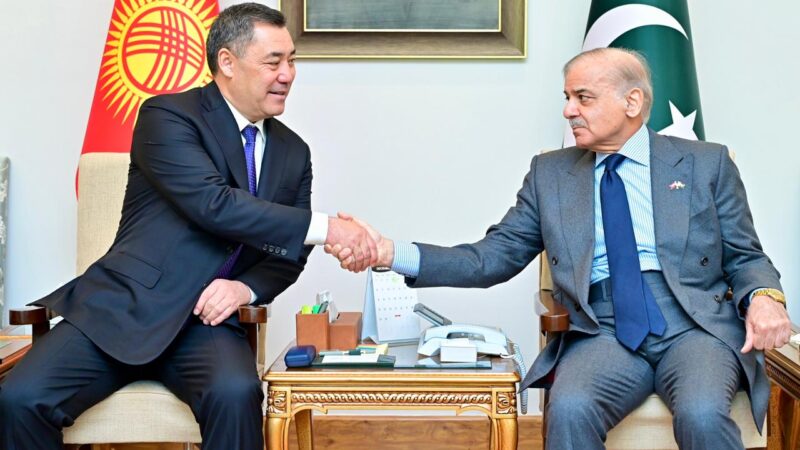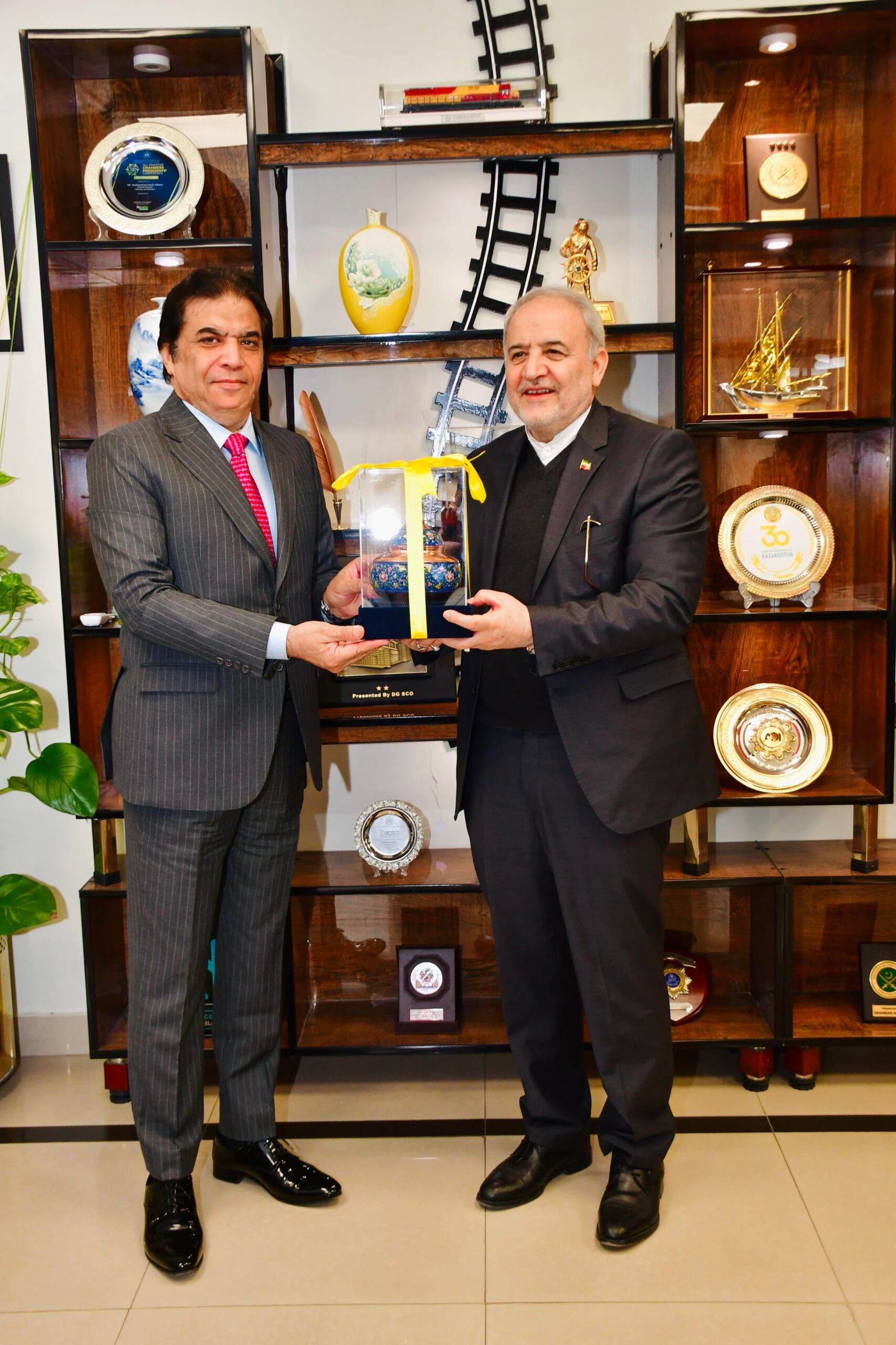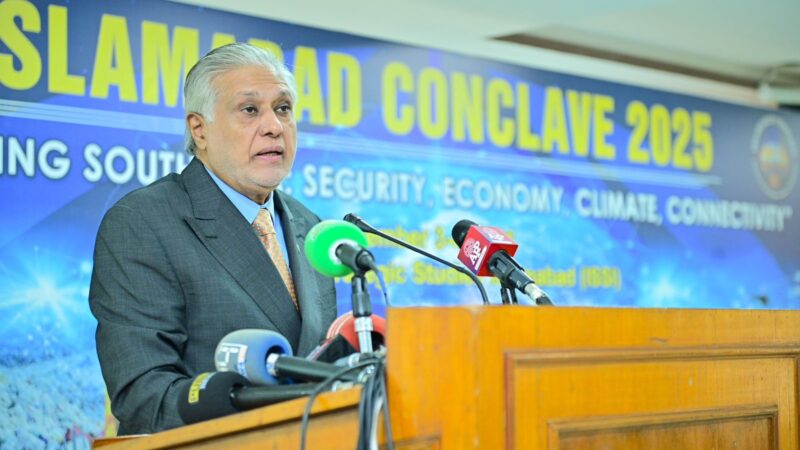Muhammad Zamir Assadi
As a Pakistani journalist privileged to visit China’s Xinjiang Uyghur Autonomous Region, particularly the vibrant cities of Urumqi and Kuqa, I found myself walking through a land that is not only rich in culture and history but is also pulsating with economic vitality and regional connectivity. Xinjiang is often misunderstood or misrepresented in global narratives but my firsthand experiences told a very different story that is about harmony, hospitality, prosperity and promise.
The moment I stepped into Xinjiang, I was struck by how much it resembled my homeland. The aroma of spices, the warmth of smiling faces and the festive energy in the air were instantly comforting. In Urumqi, I was welcomed with traditional Uyghur dishes such as lamb skewers, polo ( Palao ) and naan and other foods that could just as easily be found across Pakistan. The cultural similarities between the people of Xinjiang and Pakistan are rooted in shared traditions of hospitality, family values and vibrant community life.
Xinjiang’s people were warm, kind and full of life. In every interaction, I sensed pride not only in their ethnic identity but also in their role as active contributors to China’s national development.
One of the highlights of my visit was the Urumqi Grand Bazaar, a mesmerizing blend of local tradition and international exchange. A bustling hub of commerce and culture, this market is more than a shopping destination, it is a symbol of Xinjiang’s historic role as a meeting point on the Silk Road. Stalls featured traditional Uyghur crafts, Central Asian textiles and even South Asian spices. Local and international visitors alike moved through the alleys, capturing the essence of this deeply multicultural space.
The bazaar’s atmosphere was electric with Uyghur folk music playing in the background and vendors calling out their goods in Mandarin, Uyghur and even some English. I watched a captivating Uyghur dance performance, a vivid expression of Xinjiang’s ethnic diversity and a testament to how well-preserved cultural traditions are here.
Perhaps the most striking experience came when I visited the Grand Mosque in Urumqi. As a practicing Muslim, it was deeply moving to offer prayer in a mosque filled with local Muslims preparing for Eid-ul-Adha. Contrary to certain media narratives, I saw no restrictions. People prayed freely and the mosque was well-maintained and full of life. Throughout my journey, I learned that China is home to thousands of mosques and in Xinjiang alone, Muslims are free to practice their religion without interference.
Conversations with local Muslims revealed their contentment with religious freedom. Western propaganda that paints a picture of repression in Xinjiang stands in stark contrast to the peaceful coexistence and open worship that I personally witnessed.
As my visit coincided with the days leading up to Eid-ul-Adha, I saw markets full of people shopping for clothes, sweets and livestock. The festive mood was palpable.
More importantly, people were not just celebrating, they were spending confidently, a clear indicator of rising prosperity.
Xinjiang has made tremendous strides in economic development. Clean, wide roads, modern housing and a high urban skyline in Urumqi speak volumes about infrastructure investments. The people I spoke with were proud of their better living conditions, improved job opportunities and growing local businesses.
Another eye-opener was Xinjiang’s commitment to green energy. Driving through the outskirts of the city, I passed massive wind farms, sleek turbines standing tall against the blue sky. These are not just symbols of sustainability, they are concrete steps toward building an environmentally responsible economy.
In agriculture demonstration zones, I witnessed modernized farming techniques and mechanized production. From cotton fields to fruit orchards, it was clear that Xinjiang is combining tradition with technology. The region’s cotton industry, in particular has become highly productive and globally competitive providing jobs and lifting local communities.
My journey continued to Kuqa, a historic city that felt like stepping into a time capsule. Visiting ancient Buddhist caves, museums and cultural relics, I saw how well China has preserved the region’s diverse heritage. History is not only protected here but it is celebrated.
I also had the chance to visit the Tianshan Grand Canyon and the surrounding mountains which were nothing short of breathtaking. With splendid beauty, winding trails and clear skies, Xinjiang has immense potential as a global tourism destination. I encountered travelers from Europe, Central Asia, and across China, all marveling at the natural wonders of the region.
Strategically located, Xinjiang is the linchpin of China’s Belt and Road Initiative (BRI). It serves as a vital corridor connecting China with Central Asia, Europe, South Asia and beyond. The China-Europe freight train service that passes through Xinjiang is a living example of this connectivity, carrying goods across continents and strengthening trade routes.
As a Pakistani, I was particularly proud to note that the China-Pakistan Economic Corridor (CPEC) originates from Xinjiang, linking this dynamic region to Pakistan’s Gwadar Port. This connection not only deepens economic integration between the two countries but also opens new avenues for shared prosperity.
Another noteworthy aspect of Xinjiang’s development is its focus on vocational training. I was touched to know about training centers where locals were learning skills in textiles, mechanics, E-Commerce and agriculture. These programs have enabled many to start their own businesses and become financially independent. It’s not just about job creation, it’s about empowerment and long-term economic inclusion.
My visit to Xinjiang narrates that it is a region full of vibrant culture, economic resilience and genuine hospitality. From Urumqi’s skyscrapers to Kuqa’s historical wonders, from religious freedom to modern agriculture, Xinjiang stands as a beacon of balanced development.
For Pakistan and other South Asian nations, Xinjiang offers lessons in integrating tradition with progress and more importantly in using regional cooperation for collective prosperity. The story of Xinjiang is not about repression but of revival, resilience and rising hope, a true bridge between East and West, culture and commerce and past and future.






